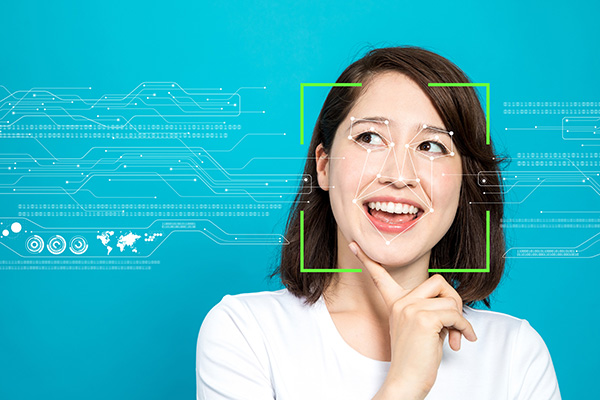Every time Apple CEO Tim Cook takes the stage to announce a newest innovation from Apple, it almost feels like the entire world stops to listen. His most recent announcement of the next wave of iPhones created the type of ripple that has come to be expected — but the most discussed feature was one most people didn’t see coming.
Apple’s attempt at perfecting facial recognition, or FaceID as they call it, caused a stir when it was announced as one of the main features of the upcoming iPhone X. Technology that is advanced enough to recognize a certain facial structure within milliseconds sounds like something out of a science fiction novel, but the engineers at Apple want to put it in the hands of millions.
Although facial recognition is not a new concept — intelligence agencies have been trying to master it since the 1960s and a handful of Android phones have already introduced versions of it — it has not typically worked well.
With its new phone launch, Apple has a chance to make the most accessible, user-friendly version of the futuristic concept.
The iPhone X’s FaceID uses a bevy of sensors to create a 3-D map of the user’s face that is supposed to be completely unique to anyone else’s, even the occasional doppleganger. Amidst concerns that FaceID is too young of a concept to be fully secure, Apple is confident that the user’s privacy and security will be better than it ever was with 4-digit passcode or fingerprint verification.
It’s a gamble for Apple, but one that can pay off—and pave the way for easier-to-use, more secure biometric technology of all kinds in the future.
What can you do with facial recognition technology?
Imagine a world where getting into your office building is as simple as looking at a facial sensor. Even simpler, but sometimes time-consuming tasks like logging into WiFi or e-mail accounts, paying bills, or online shopping can eventually be completed using facial scans instead of typing out long passwords or account numbers.
Using this technology in harmony with ID scanning solutions and document authentication enables multi-layered, readily implemented verification processes that are convenient for both service agent and customer.
In fact, using facial recognition technology to enhance verification and transaction processes has various benefits besides security, fraud prevention, and compliance.
Customers and users find biometrics more convenient than passwords, paperwork, or online registration forms. The same verification processes can be used on premise and for mobile or cloud-based services. Customer service agents can quickly and accurately scan IDs and submit photos for authentication, freeing them to focus on the customer experience and relationships.
As this technology becomes cheaper, more accessible, and improved upon, it will be not only be used for security or retail giants, but by progressive marketers and advertisers as well.
What are your thoughts on facial recognition technology? Share with us on Twitter @LTronCorp.
